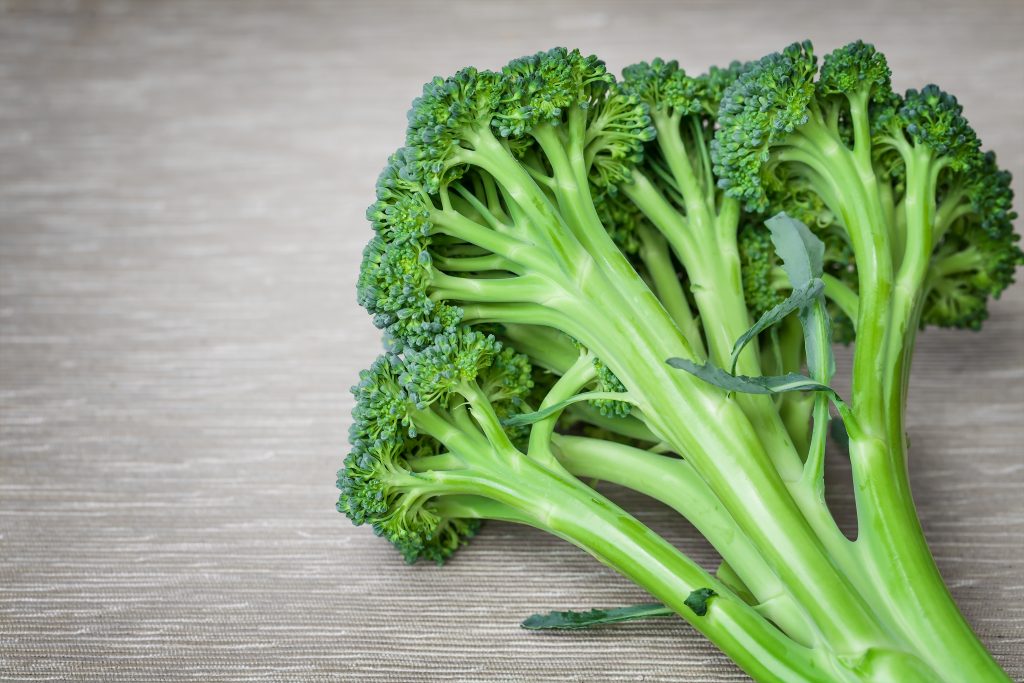You might be surprised to learn that you can definitely eat broccoli stalks, and you should! Often overlooked, these stems are packed with fiber and nutrients. To make them even more enjoyable, simply remove the outer layer (which can be a bit stringy) and slice the stalk thinly. Then, you can add them to stir-fries, curries, pasta dishes – the possibilities are endless! Don’t let this nutritious part of your broccoli go to waste.
Can You Eat Broccoli Stalks: The Ultimate Guide to Consuming This Underrated Superfood
Let’s face it, many of us are guilty of tossing the broccoli stalks, often assuming they’re too fibrous or lack the same nutritional punch as the florets. But what if we told you that these often-discarded parts are actually packed with valuable nutrients and offer a delightful, crunchy texture? That’s right, broccoli stalks are a nutritional powerhouse waiting to be discovered! This guide will delve into the surprising benefits of these stalks, debunking common misconceptions and offering practical tips to enjoy them.
The Hidden Nutritional Power of Broccoli Stalks: Can You Eat Them?
Broccoli stalks, often discarded as the less desirable part of the vegetable, are actually a treasure trove of nutrients. Contrary to popular belief, they are not just fibrous filler; they contain a substantial amount of vitamins, minerals, and antioxidants. Here’s why you should consider adding them to your diet:
- Fiber Powerhouse: Broccoli stalks are rich in dietary fiber, which is essential for digestive health. Fiber helps regulate bowel movements, promotes feelings of fullness, and can even help lower cholesterol levels.
- Vitamin C Boost: These stalks are a great source of vitamin C, a powerful antioxidant that supports immune function and protects against cell damage.
- Mineral Richness: Broccoli stalks provide a good amount of potassium, which helps regulate blood pressure, and folate, a crucial nutrient for cell growth and development, especially during pregnancy.
- Antioxidant Advantage: Broccoli stalks are packed with antioxidants, which help combat free radicals and reduce the risk of chronic diseases.
Broccoli Stalks: A Hidden Treasure of Nutrients – Can You Eat Them?
Don’t be fooled by their seemingly plain appearance! Broccoli stalks are actually a nutritional powerhouse, packed with essential vitamins, minerals, and fiber. While the florets often take center stage, the stalks shouldn’t be discarded. In fact, they are a delicious and versatile addition to your diet.
Broccoli stalks are rich in:
- Vitamin C: An important antioxidant that supports immune function and collagen production.
- Vitamin K: Essential for blood clotting and bone health.
- Potassium: A mineral crucial for regulating blood pressure and muscle function.
- Fiber: Promotes digestive health, regulates blood sugar levels, and can help you feel fuller for longer.
So next time you’re preparing broccoli, don’t toss those stalks! They offer a wealth of nutrients and can be enjoyed in a variety of ways.
| Nutrient | Benefits |
|---|---|
| Vitamin C | An important antioxidant that supports immune function and collagen production. |
| Vitamin K | Essential for blood clotting and bone health. |
| Potassium | A mineral crucial for regulating blood pressure and muscle function. |
| Fiber | Promotes digestive health, regulates blood sugar levels, and can help you feel fuller for longer. |
Broccoli Stalk Nutrition: Unlocking the Nutritional Value
While broccoli florets often steal the spotlight, the stalks are actually a hidden treasure trove of nutrients. Packed with essential vitamins and minerals, they offer a significant nutritional boost to your diet.
Nutritional Powerhouse
Broccoli stalks are an excellent source of:
- Vitamin C: A potent antioxidant that supports immune function and collagen production.
- Vitamin K: Crucial for blood clotting and bone health.
- Fiber: Promotes digestive health and helps regulate blood sugar levels.
- Potassium: Important for maintaining blood pressure and muscle function.
- Folate: Essential for cell growth and development, particularly during pregnancy.
Moreover, broccoli stalks contain significant amounts of antioxidants, such as sulforaphane, which has been linked to various health benefits, including cancer prevention and improved heart health. By including broccoli stalks in your diet, you’re not only adding variety but also maximizing the nutritional value of this versatile vegetable.
Can You Eat Broccoli Stalks? Conclusion
So, the answer is a resounding yes! You can eat broccoli stalks, and you should. They are a delicious, nutritious addition to your diet that offers a wide range of benefits. Don’t be fooled by their seemingly plain appearance; these stalks are a nutritional powerhouse packed with fiber, vitamins, and minerals.
Whether you enjoy them raw, roasted, or stir-fried, incorporate broccoli stalks into your culinary repertoire. You’ll be surprised by their versatility and pleasantly surprised by their flavor.
Next time you’re preparing broccoli, remember to embrace the entire vegetable! Don’t toss those stalks. Instead, explore new ways to enjoy them and reap the rewards of this hidden nutritional treasure.
Can you eat broccoli stalk? Quick FAQ
Why are broccoli stalks often discarded?
Broccoli stalks are often discarded due to a misconception that they are less nutritious or more fibrous than the florets. However, this is a common misconception. Broccoli stalks are actually packed with nutrients and can be very enjoyable to eat.
How do you prepare broccoli stalks to make them more palatable?
The key to enjoying broccoli stalks is to remove the outer layer, which can be a bit stringy. You can then slice the stalk thinly and add it to various dishes. They are particularly delicious when roasted, sauteed, or used in stir-fries.
Can I eat broccoli stalks raw?
While it’s not uncommon to eat broccoli stalks raw, they are often best enjoyed cooked. Cooking them helps to soften their texture and make them more palatable. However, if you do decide to eat them raw, be sure to slice them thinly and add them to salads or other raw dishes.

